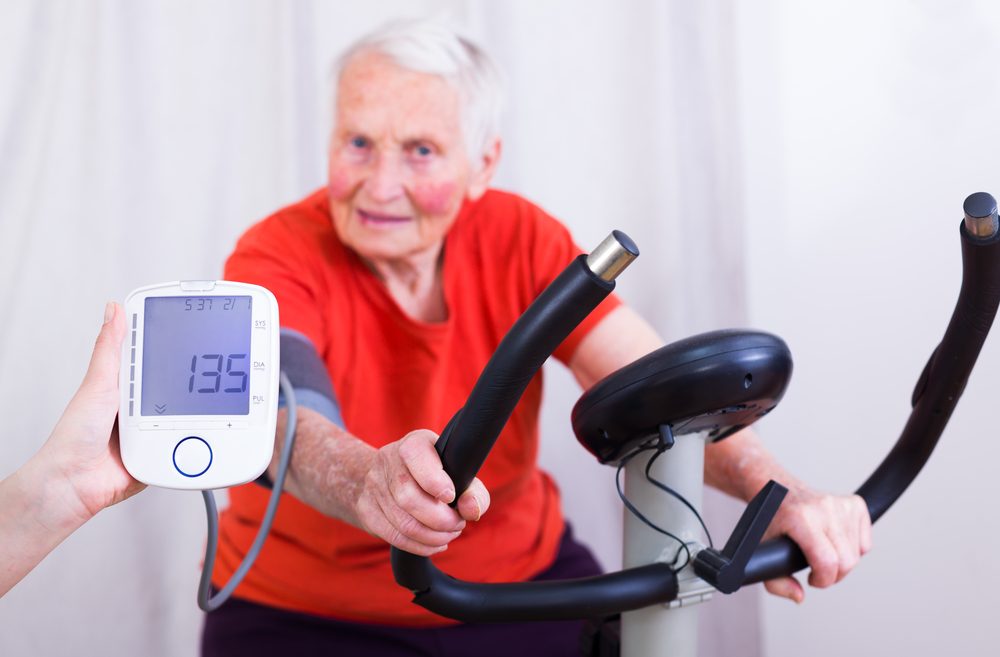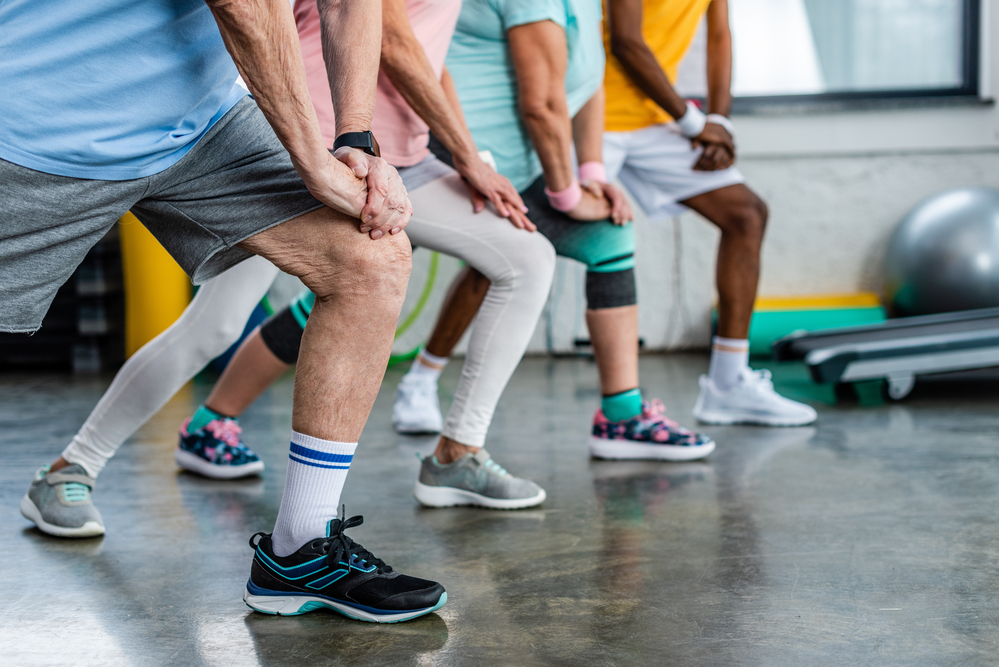Study: Exercise has positive effects among adolescent and young adults diagnosed with cancer
 Though age is the biggest risk factor for cancer incidence, there is an increasing number of young people diagnosed with cancer. Thanks to the advance in cancer treatment, about 73% and 82% of young people can survive over 5 years, which may be literally good news.
Though age is the biggest risk factor for cancer incidence, there is an increasing number of young people diagnosed with cancer. Thanks to the advance in cancer treatment, about 73% and 82% of young people can survive over 5 years, which may be literally good news.
Exercise proves to be an effective component of cancer care, which can improve patients’ physical capacity, reduce chemo side effects and bring positive mental well-being. The health benefits of exercise for adult cancer patients are well demonstrated in a large number of studies, but its effects on the younger group are less investigated.
Australian scientists at Peter MacCallum Cancer Centre in Victoria conducted a study evaluated the effects of an exercise intervention on adolescent and young adults diagnosed with cancer.
Fifty-one cancer patients qualified were enrolled in the study. They were required to complete 3 to 5 training sessions per week and lasted for 2 to three months. The exercise program was supervised at the hospital gym with at least one session per week, and patients were also prescribed to a self-regulated exercise program which consisted of walking 2-3 days per week and strength training 1 day per weeks.
The results of the data analysis showed that adolescent and young adults diagnosed with cancer saw an improvement in functional and strength assessments after an exercise intervention.
The study results are not so surprising since exercise is long proved to benefit cancer patients. What is worth noting is the exercise portfolio designed in the study, which can be a helpful inspiration for other cancer patients.
There are some key notes for an exercise portfolio:
1. A well-round training program shall combine aerobic training and resistance training. Aerobic exercises are aimed to promote the health of your heart and lungs while strength training focuses on the musculoskeletal system like muscles, bones, and joints.
2. Aerobic training activities include cycling, treadmill, jogging, walking, swimming, yoga, etc. Bike and treadmill are good choices for cancer patients since they are easier and accessible.
4. Strength training exercises use weight machines, dumbbells, cables, tubing to train muscular strength and endurance. Upper- and lower-limb exercises are advisable for cancer patients.
3. Training exercises shall begin with warming up. A warm-up before a workout can help prepare your body for the best flexibility to prevent injury and reduce stress on your heart.
4. A training program shall end with a cooldown that is important to help temper your fast heartbeats caused by the exercise.
Many researchers hold that exercise shall be prescribed as an adjuvant therapy to every cancer patients. The exercise intensity shall depend on the treatment symptoms and side effects experienced by individual patients.


